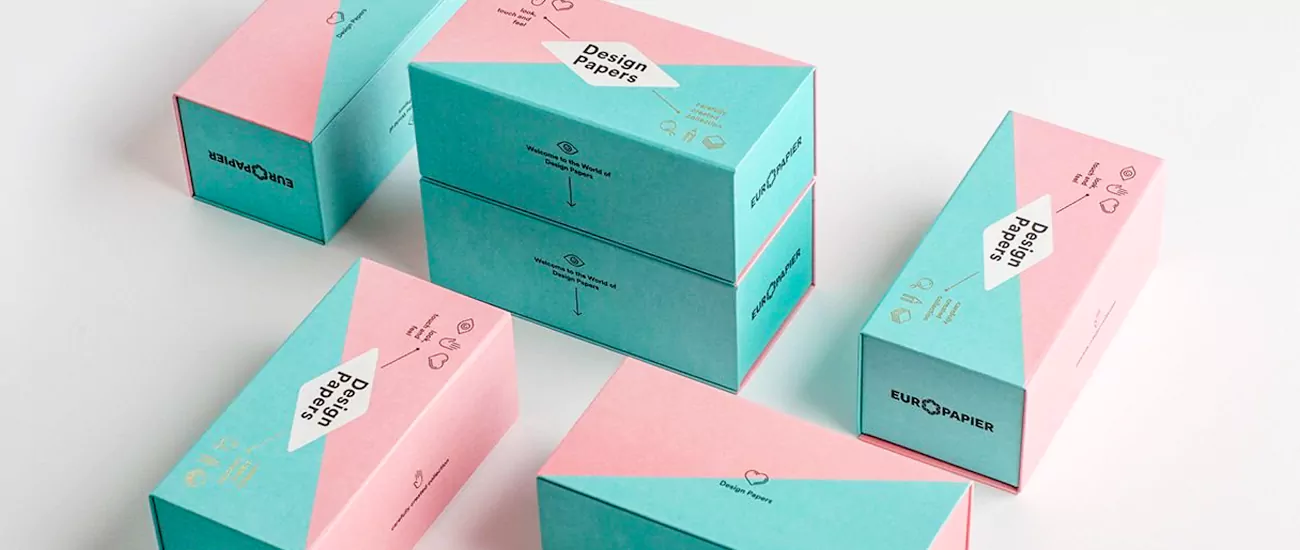
In the world of packaging, choosing the right type of box for your products can be a game-changer. Many businesses face the decision of selecting between branded boxes and colour boxes. This choice impacts everything from cost to customer perception and brand identity. In this article, we'll dive into the differences between these two types of packaging, the benefits of each, and when to choose one over the other. By the end, you'll have a clear understanding of which box type is right for your business and its specific needs.
What are Branded Boxes and Colour Boxes?
Let's start by understanding what these boxes are and how they differ. Branded boxes are custom-designed packaging that includes your business logo, colors, and other brand-specific elements. These boxes are typically used to elevate the product's presentation and create a memorable experience for customers. They reflect your brand's identity and are essential for businesses aiming to strengthen their presence in the market.
| Feature |
Branded Boxes |
Colour Boxes |
| Branding | Custom branding, logo, and design | Simple colors, minimal branding |
| Purpose | Enhances brand recognition | Economical, functional packaging |
| Cost | Higher cost due to customization | Lower cost due to simplicity |
| Design Complexity | Highly customized | Basic designs or plain |
On the other hand, colour boxes are simpler. They are often used for products where branding isn't a primary concern. These boxes come in various colors and can be plain or have minimal design, but they don't carry the same heavy branding elements as branded boxes. What's the real story behind these differences? Well, branded boxes offer much more than just a vessel for your product. They serve as a powerful marketing tool, while colour boxes focus more on functionality and cost-effectiveness.
Branded boxes cater to a premium market, while colour boxes are suitable for more practical applications. Choosing the right packaging option depends on your target audience and business goals.
What are the Key Differences Between Branded and Colour Boxes?
When it comes to choosing between branded and colour boxes, there are several factors to consider. The most obvious difference is the design and customization. Branded boxes allow you to add intricate details, logos, and high-quality prints, all of which make your product stand out. In contrast, colour boxes typically have a more straightforward design, often only featuring a single color or basic graphics.
Another key difference is cost. Branded boxes are generally more expensive because they require custom designs and special printing processes. Colour boxes, however, are more cost-effective as they don't require the same level of customization. This cost difference makes colour boxes an attractive choice for businesses looking to keep packaging costs down while still maintaining functionality.
Branded boxes are typically used in industries where branding plays a significant role, such as cosmetics, luxury goods, and electronics. On the other hand, colour boxes are more common for everyday items where branding isn't as important, such as in retail or wholesale businesses.
How Does Branding Affect the Design of a Box?
So, how does branding influence the design of a box? When designing branded packaging, businesses must ensure that their design elements—like logos, colors, and fonts—are consistent with their brand identity. The packaging isn't just for containment; it's an extension of the product and a direct communication channel with the customer.
For example, a luxury perfume brand might opt for a sleek, high-quality branded box with a metallic logo and elegant fonts. This kind of packaging creates an impression of sophistication and exclusivity. On the other hand, a mass-market brand might choose a simpler design for its colour boxes, focusing more on practical aspects like durability rather than elaborate aesthetics.
What makes branded packaging so effective is its ability to carry a brand's message. A well-designed branded box communicates the company's values, tone, and story, all while appealing to the customer's emotions. It makes the product feel more desirable and often justifies a higher price point.
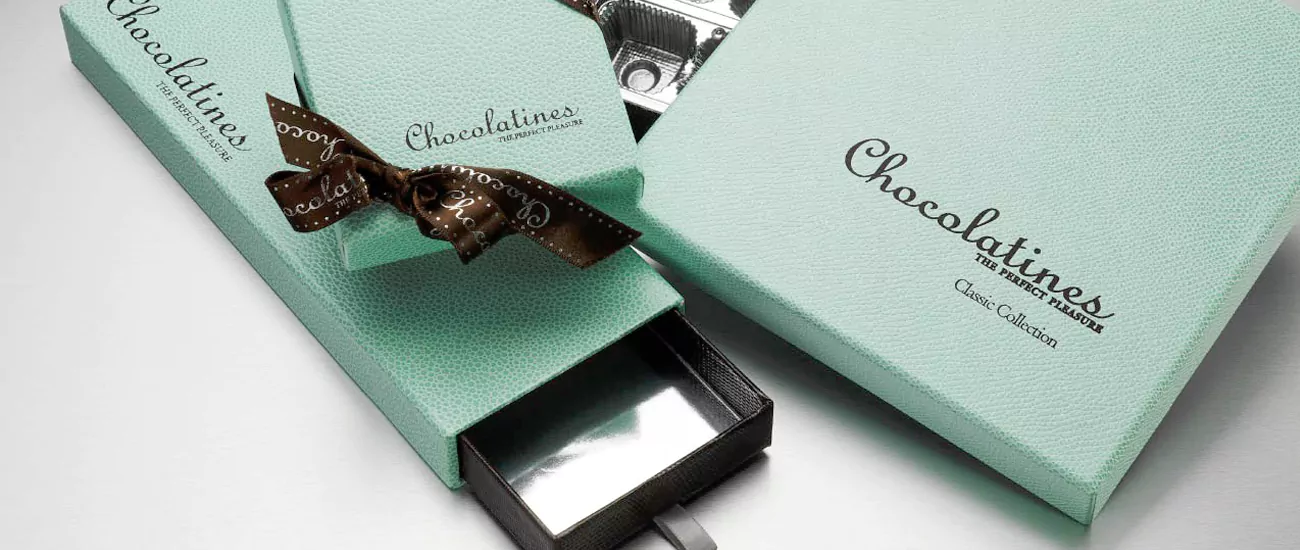
What Are the Benefits of Using Branded Boxes?
Branded boxes offer several compelling benefits, particularly for businesses aiming to create a strong, recognizable identity. One of the key advantages is enhancing brand recognition. Custom packaging allows you to showcase your brand's logo, colors, and design elements. This makes it easier for customers to recognize your products and helps to build long-term loyalty.
Another benefit is the ability to convey a premium image. High-quality branded boxes create the impression that the product inside is valuable, which can justify a higher price point. Take a luxury watch, for instance—its packaging must be as luxurious as the product itself. Even for more affordable products, branded packaging can elevate the perception of value, making customers feel like they’re getting more for their money.
Branded boxes also provide businesses with a marketing opportunity. Every time a customer receives a branded box, they are exposed to your brand messaging, increasing the likelihood of repeat purchases. Additionally, customers may share photos of your packaging on social media, providing you with free exposure. What's the real story? Branded boxes are not just packaging—they're a marketing asset.
What Are the Advantages of Colour Boxes?
While branded boxes offer numerous advantages, colour boxes have their own set of benefits. For one, they are significantly more cost-effective. If you are looking for simple packaging that doesn't require intricate branding or customization, colour boxes are a perfect choice. They provide an excellent solution for businesses that need functional, no-frills packaging without spending extra money on design and customization.
Additionally, colour boxes are easier to source in large quantities, making them ideal for businesses with high-volume products. The production process for colour boxes is straightforward, and the cost savings can be passed down to customers, making them more affordable.
Colour boxes are often used for bulk items where packaging doesn't need to impress but simply needs to protect the product. Examples of this include bulk food items, retail products, and industrial goods. These boxes are designed for businesses that need cost-effective, functional packaging for products without the need for heavy branding.
When Should You Use Branded Boxes?
There are clear scenarios where branded boxes are the better choice. If your product is part of a luxury or high-end market, branded packaging becomes essential. Think about luxury cosmetics, designer handbags, or high-end electronics. The packaging must reflect the quality of the product inside and convey a sense of exclusivity. High-quality branded boxes make the unboxing experience memorable, adding to customer satisfaction and potentially increasing brand loyalty.
Branded boxes also shine when your goal is brand consistency. For businesses with established branding, such as fashion labels or tech brands, the packaging needs to align with your overall branding strategy. Customers recognize the brand from the packaging alone, making it easier to distinguish your products from competitors.
Additionally, custom packaging with specific designs, logos, and messaging allows you to stand out from competitors. When your product reaches the customer's hands, the packaging has already done half the job of communicating what your brand is all about.
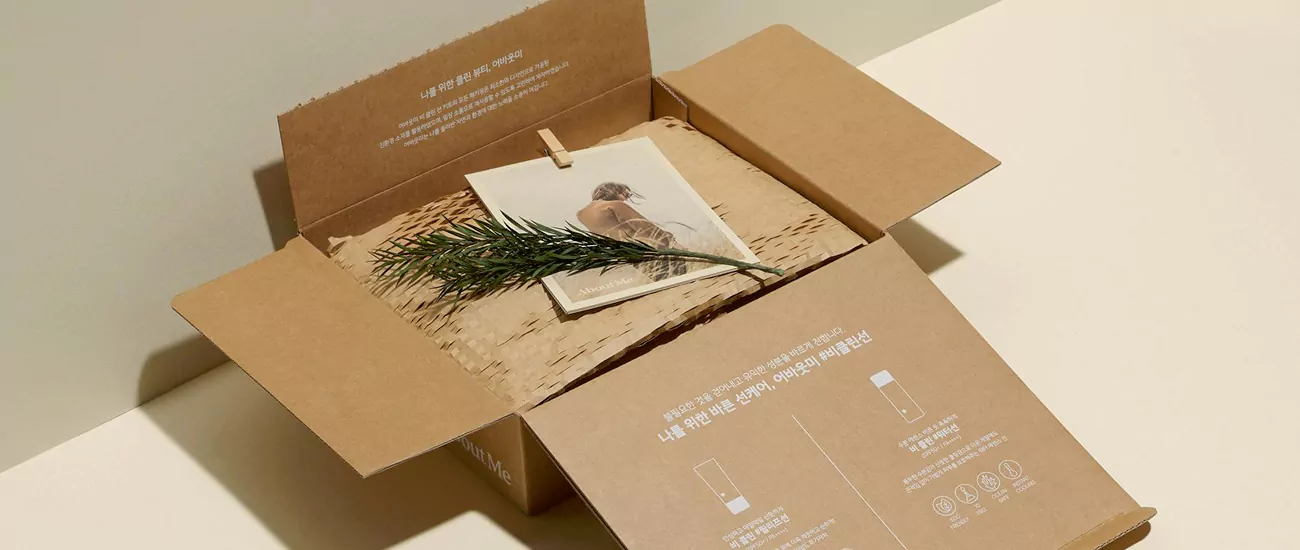
When Are Colour Boxes More Suitable?
For businesses focused on cost efficiency, colour boxes are an excellent option. Since they are simpler and cheaper to produce, they make sense for products that don't need to rely on intricate branding. For example, a consumer goods company selling cleaning products might opt for colour boxes to keep costs low while ensuring that the product is easily identifiable by color alone.
Here's the deal: colour boxes are also ideal for bulk orders where packaging isn't a priority. Since they don't require the high-level customization that branded boxes do, companies can order them in large quantities without breaking the bank. This is especially beneficial for small businesses or companies that are scaling up production quickly.
When businesses don't need to make a statement with their packaging, colour boxes serve as an effective and affordable solution. They provide just enough packaging to protect the product while keeping the focus on affordability.
How Do Branded Boxes Impact Customer Perception?
Branded boxes have a profound effect on how customers perceive your product. The first impression of a product is often shaped by its packaging. A well-designed, branded box speaks volumes about the quality of the product inside. It's not just about aesthetics; it's about positioning your product as premium, high-quality, and worth the investment.
Imagine receiving a product in a beautifully designed box, complete with your logo, custom graphics, and high-end materials. The experience immediately makes you feel like you're getting something exclusive. On the flip side, an unbranded, basic box can make even a quality product feel ordinary. For customers, the unboxing experience is a significant part of the overall product experience. And the way your brand presents itself can either build trust or leave customers questioning the product's worth.
What does this mean for your business? Using branded boxes can elevate your product's perceived value, driving customer loyalty and repeat purchases. Over time, it reinforces your brand's identity, making your product instantly recognizable in the market.
How Do Colour Boxes Influence Customer Behavior?
It's easy to overlook the power of colour, but colour boxes can influence customer behavior in ways you might not expect. For one, colors have a psychological impact on buyers. For example, the color blue is often associated with trust and reliability, while red evokes excitement and urgency. By choosing the right color for your boxes, you can subtly guide your customers' emotions and influence their purchasing decisions.
Colour boxes are still very much about functionality. They may not carry the same brand messaging as branded boxes, but they can still appeal to customers with their simplicity and cost-effectiveness. For products where branding isn't the top priority, a bright and attractive colour box can still catch the eye and make the product stand out on a shelf.
By incorporating strategic colors, businesses can still leverage packaging to affect customer decisions without needing heavy branding.
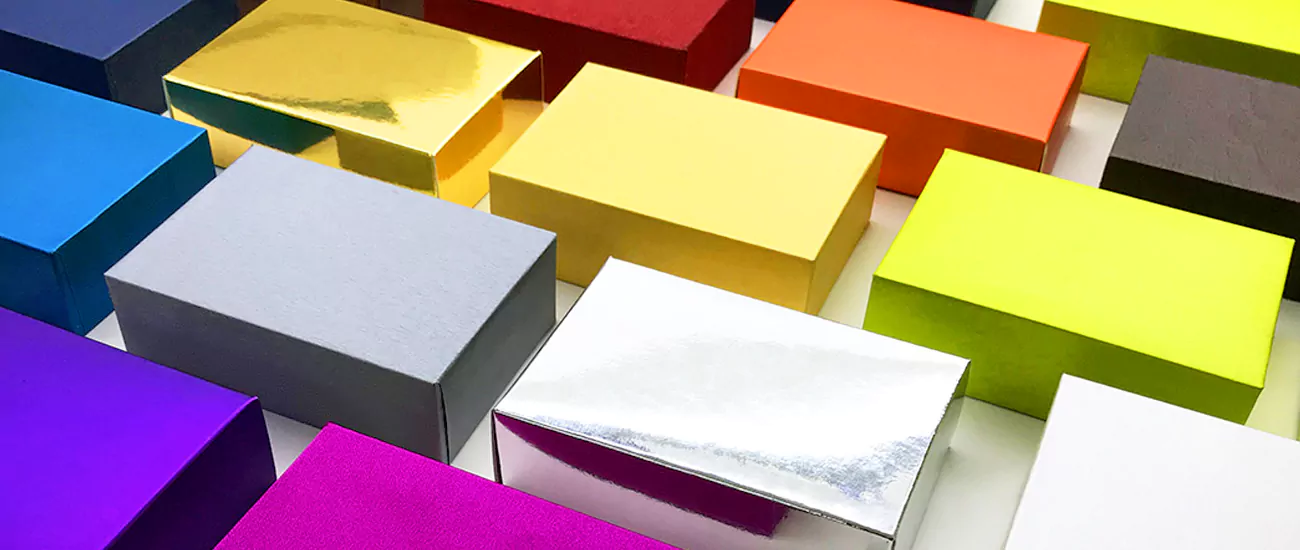
What Are the Environmental Considerations for Branded vs Colour Boxes?
In today's world, sustainability is a crucial consideration in packaging. What's the real story behind the environmental impact of branded versus colour boxes? It comes down to the materials used and the packaging processes involved. Branded boxes often require more elaborate production techniques, including custom printing, foil stamping, and embossing. These techniques might involve materials that are less eco-friendly or harder to recycle.
Colour boxes, on the other hand, are simpler and often more eco-friendly. With fewer customization options, they can be made with more sustainable materials, such as recycled paper or biodegradable plastics. Plus, since they're typically produced in large quantities, companies may be able to reduce waste and carbon footprints by choosing a more streamlined production process.
What should you consider when choosing? If environmental concerns are a priority for your business or customers, colour boxes offer a simpler, more sustainable solution. Branded boxes can still be made sustainably, but they often involve a greater investment of resources.
How Do Costs Compare Between Branded and Colour Boxes?
When comparing branded and colour boxes, cost is often the deciding factor for many businesses. What's the real story with the cost differences? Branded boxes tend to be much more expensive than colour boxes. This is because the design, printing, and production processes for branded boxes are more complex and require more resources. They also often involve smaller production runs, which can further increase per-unit costs.
Colour boxes, by contrast, are cheaper due to their simplicity. They are often mass-produced, which reduces production costs. Businesses looking to minimize packaging costs without sacrificing the basic functionality of the box often opt for colour boxes. This cost-effectiveness is especially important for high-volume products where packaging is not the focal point but rather a necessity.
What's the takeaway? If your business is looking to create a luxury feel and justify a higher price point, branded boxes are worth the investment. However, if cost savings are the priority and the product does not require complex packaging, colour boxes are a more economical choice.
What Role Does Printing Play in Branded Boxes?
Printing plays a crucial role in the effectiveness of branded boxes. The quality of the print directly influences how your product is perceived. High-quality printing can make your packaging look sleek and professional, whereas poor print jobs can make even the best-designed box look cheap. Branded boxes often use advanced printing techniques like offset printing, digital printing, or even foil stamping to create high-impact, visually striking designs.
These printing processes allow for intricate designs, sharp logos, and vibrant colors that make your product pop on the shelf. But here's the kicker: the more elaborate the printing process, the higher the production cost, which is why branded boxes often come with a premium price tag.
If you're aiming for a premium product image, quality printing is non-negotiable. However, businesses that prioritize affordability may not need to invest heavily in intricate printing techniques for their colour boxes.
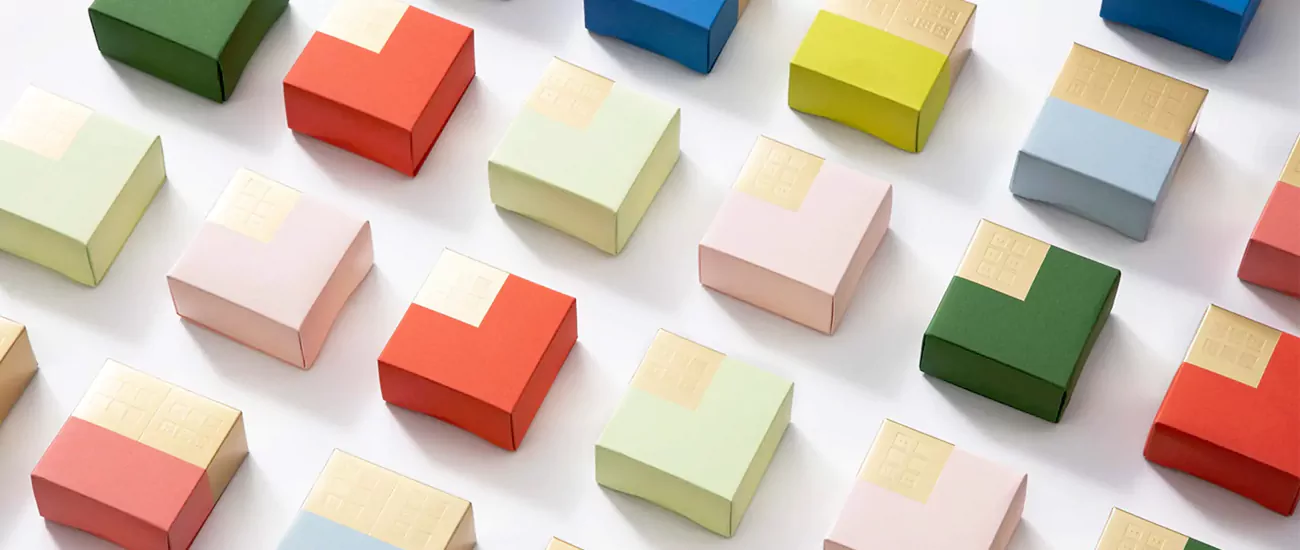
Are There Specific Industries That Prefer Branded Boxes Over Colour Boxes?
Certain industries rely heavily on branded packaging to differentiate their products and create a memorable consumer experience. The luxury goods sector, for example, requires highly customized packaging to communicate exclusivity. This is true for high-end fashion, cosmetics, and electronics, where branded packaging enhances the perception of quality and justifies premium prices.
Conversely, industries like wholesale retail or food packaging might lean toward colour boxes. In these sectors, branding is important but not the primary concern. Simpler packaging solutions that focus on practicality and cost-effectiveness are more common in these industries.
For industries that require high-volume production and don't necessarily need custom branding, colour boxes provide the best value without sacrificing essential packaging functions.
How Do You Choose Between Branded and Colour Boxes?
Choosing between branded and colour boxes depends on several factors, including your target market, product type, and budget. If your goal is to position your product as a high-end, exclusive item, branded boxes are your best option. They create a premium feel and help establish a strong connection with your customers.
However, if you need to balance cost and function, colour boxes might be the right choice. They work well for mass-market products, everyday goods, or situations where packaging is not the focal point. The decision ultimately hinges on the image you want to project and the resources available to you.
The decision-making process comes down to understanding your customer base and business objectives.
What's the Future of Branded vs Colour Boxes?
Looking ahead, the future of packaging seems to be leaning towards more sustainable and innovative solutions. As consumers become more environmentally conscious, both branded and colour boxes will likely see shifts towards using more eco-friendly materials. Branded boxes will continue to evolve with new designs and printing techniques, offering businesses more opportunities to differentiate themselves.
Colour boxes, however, are likely to see greater adoption in industries looking to reduce costs while still providing effective packaging solutions. What's the real story? The future of packaging will likely involve a balance between customization and sustainability, with businesses continuously striving to meet consumer expectations for both.
The future of packaging will involve businesses finding innovative ways to balance branding with sustainability, ultimately providing products that meet consumer expectations in both form and function.
Crown Win Package Factory has always set the goal of producing 100% recyclable and reusable packaging. To achieve this goal, Crown Win will work to adopt more innovative methods and technologies in design and production. The use of new materials in packaging will be optimized to reduce carbon emissions and pollution. Crown Win encourages employees and supply chains to work together to ensure this goal is achieved.
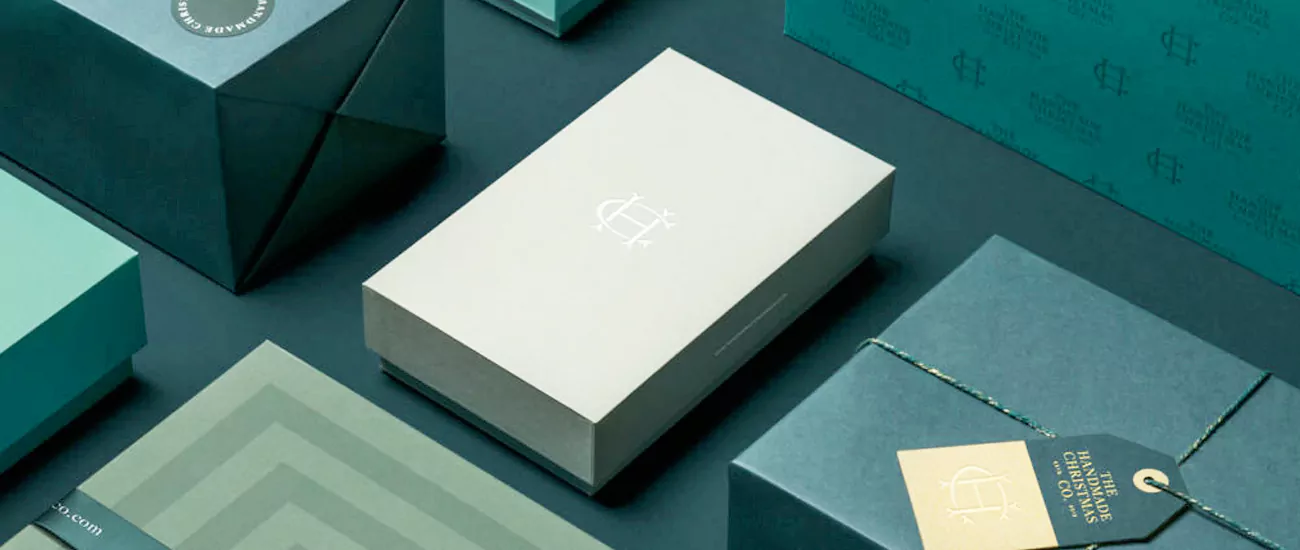
In summary, the choice between branded and colour boxes plays a significant role in how businesses present their products and connect with their customers. Branded boxes offer the advantage of enhanced brand recognition, a premium image, and the potential for higher customer loyalty, making them ideal for luxury or high-end products. On the other hand, colour boxes are more cost-effective, practical, and suitable for mass-market products where branding is not the primary focus. The decision ultimately depends on the product type, target audience, and budget. By carefully considering the benefits and limitations of each option, businesses can make an informed choice that aligns with their branding strategy and packaging needs.


 Crown Win
Crown Win What Affects the Cost of Custom Packaging Boxes?
What Affects the Cost of Custom Packaging Boxes? 









